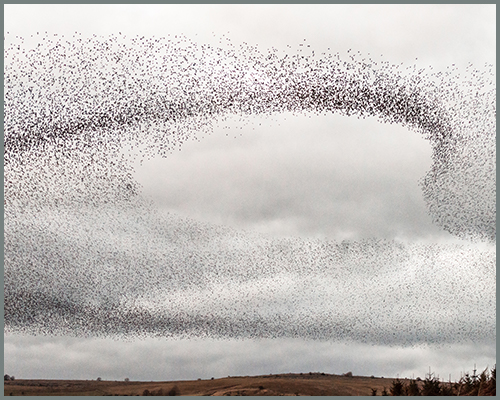Spontaneous Order
Spontaneous Order
Spontaneous Order
Spontaneous order is the idea that much of the order within society arises not by top-down control or design, but by bottom-up processes of trial, error, learning, and course correction. These bottom-up processes lead to widespread social coordination that is emergent, or “spontaneous,” rather than centrally planned or designed. Since social coordination is so often assumed to be consciously designed by some person or governing body, recognizing spontaneous order can be counterintuitive. It’s helpful to recognize that most of the conventions that guide our daily lives — like language, family, and moral codes of appropriate behavior — are not designed and imposed by authorities from the top-down, but instead have evolved organically over time through the bottom-up voluntary interaction of individuals. Spontaneous orders allow for orders to emerge that are far too complex for any human mind to design. Biological ecosystems are spontaneous orders, as are modern markets. As people in the global economy pursue their individual plans and purposes, these interactions generate information-rich signals — market prices — that inform and help coordinate the plans of billions of people all over the world. The order that emerges may look as though it has been designed by “experts,” but in fact, the market is an order that has emerged despite the fact that no one is consciously guiding the process.
